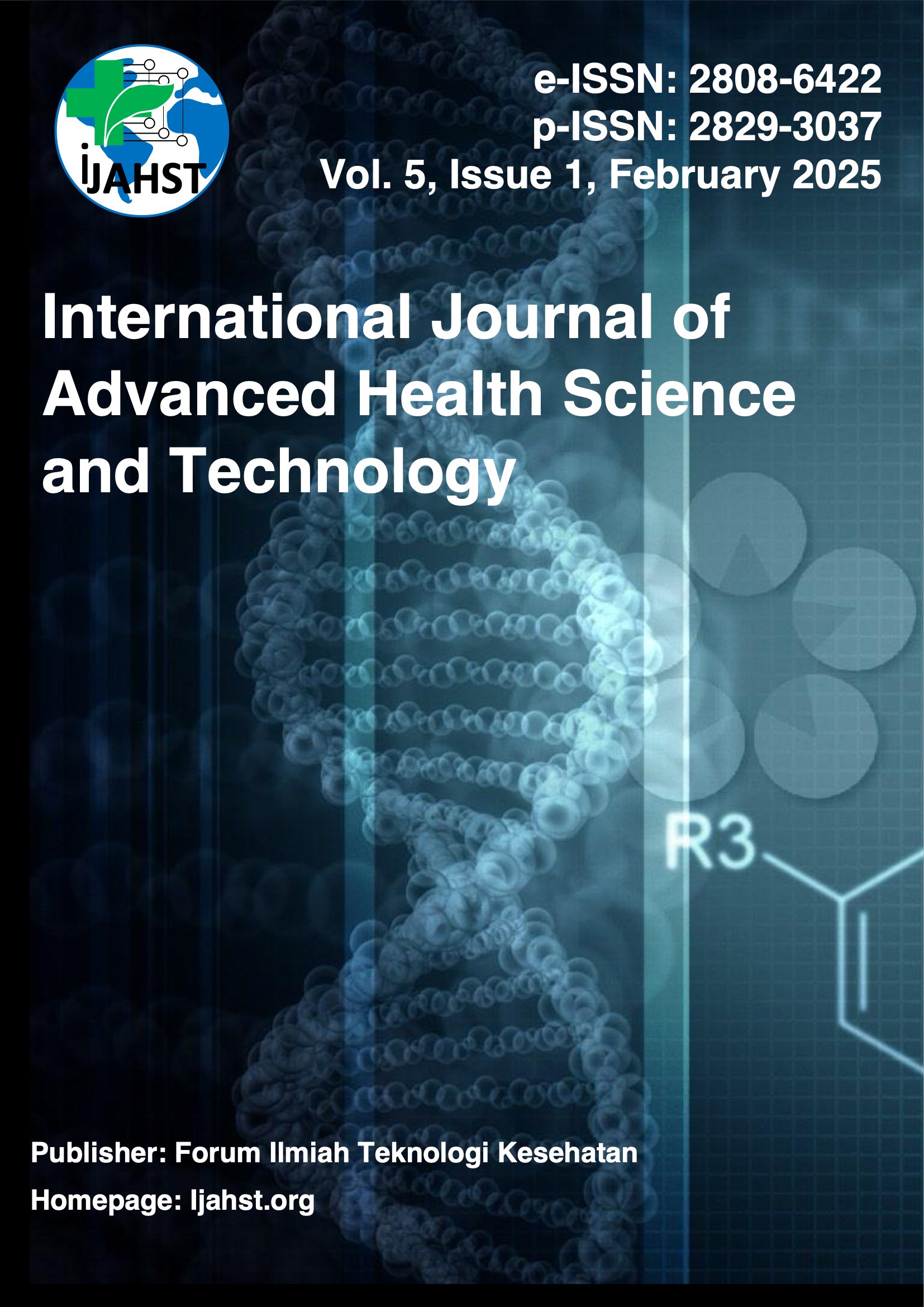The Relationship Of Oral Health Actions To Tooth Loss In The Elderly : A Study At Savitri Elderly Posyandu
Abstract
One of the essential aspects of overall well-being involves oral health, because it not only prevents diseases of the oral cavity. 60% of the elderly have less than 20 teeth that still function, while 40% of the elderly have more than 20 teeth that function in the Savitri Surabaya elderly posyandu. The purpose of this study was to determine whether there is a relationship between oral health actions and tooth loss in the elderly at the Savitri Surabaya Lantranssia Posyandu in 2024. This type of analytic research involves a cross sectional type. The total sample of 53 respondents was selected based on the inclusion criteria. The research instrument utilized an examination sheet for the number of missing teeth and an observation sheet involving 10 oral health action statements. Chi-square test was involved in statistical analysis. The findings of the study revealed that there was an effect of the relationship between oral health actions and tooth loss in the Savitri elderly posyandu in 2024. The majority of the elderly in the Savitri Surabaya elderly posyandu in 2024 were categorized as sufficient in oral health actions. The level of tooth loss in the elderly at Posyandu Savitri Surabaya in 2024 was found that the majority experienced tooth loss of less than 20.
Full text article
Authors
Copyright (c) 2025 Nur Rahma Pangestu

This work is licensed under a Creative Commons Attribution-ShareAlike 4.0 International License.
Authors who publish with this journal agree to the following terms:
- Authors retain copyright and grant the journal right of first publication with the work simultaneously licensed under a Creative Commons Attribution-ShareAlikel 4.0 International (CC BY-SA 4.0) that allows others to share the work with an acknowledgement of the work's authorship and initial publication in this journal.
- Authors are able to enter into separate, additional contractual arrangements for the non-exclusive distribution of the journal's published version of the work (e.g., post it to an institutional repository or publish it in a book), with an acknowledgement of its initial publication in this journal.
- Authors are permitted and encouraged to post their work online (e.g., in institutional repositories or on their website) prior to and during the submission process, as it can lead to productive exchanges, as well as earlier and greater citation of published work (See The Effect of Open Access).

